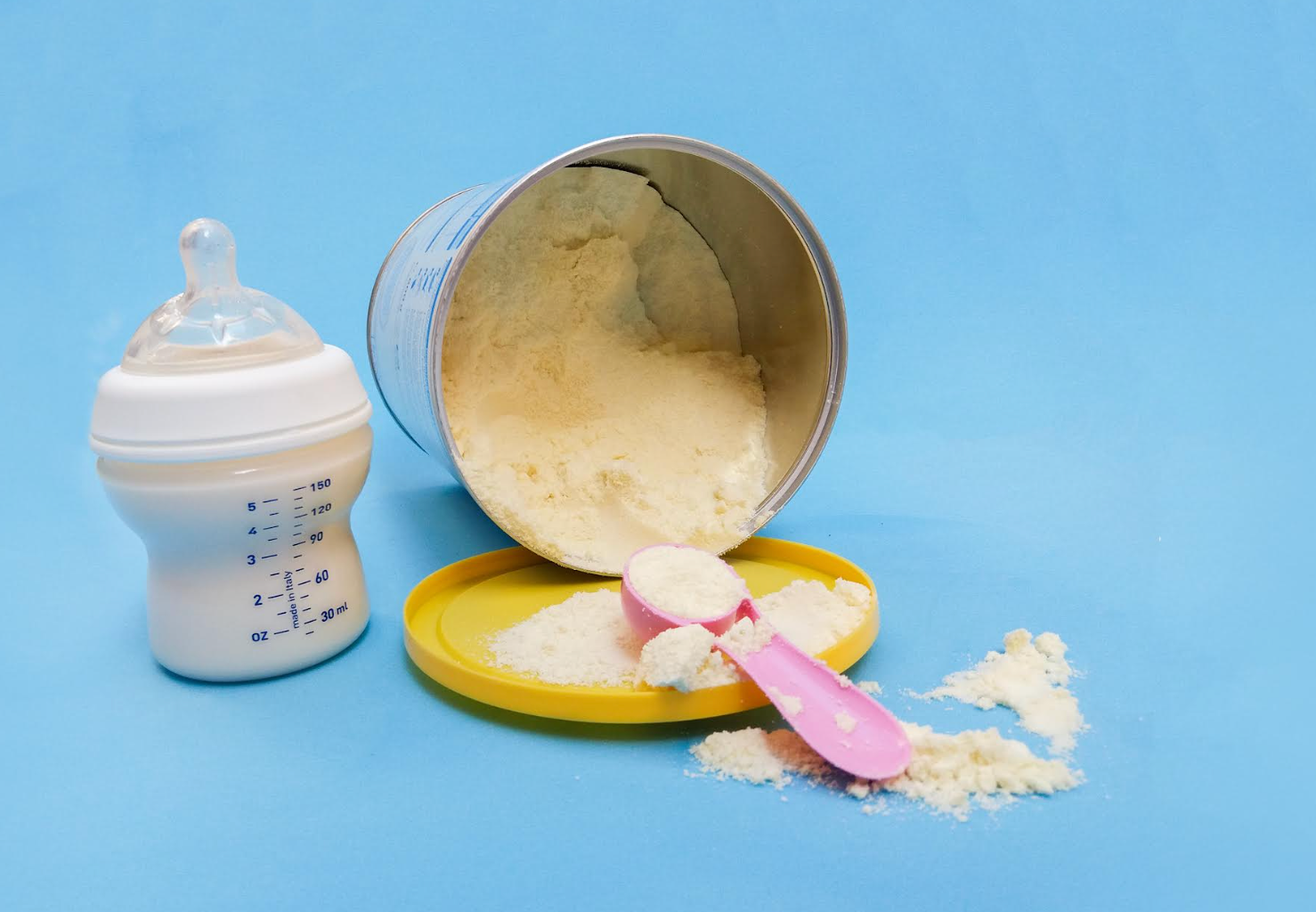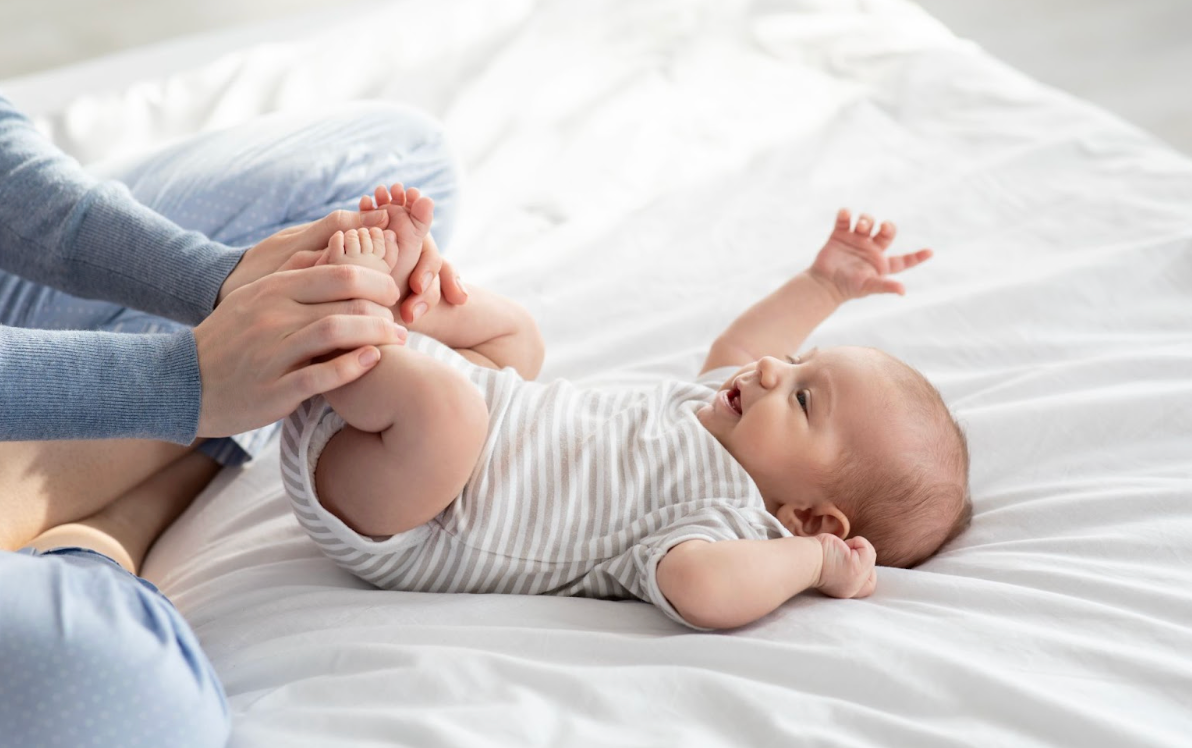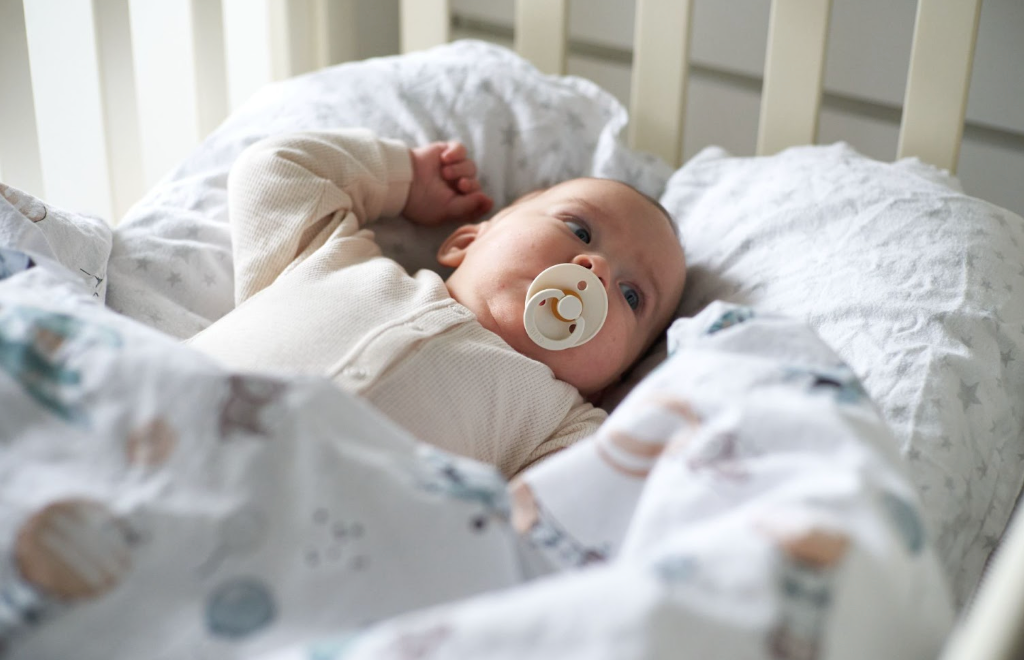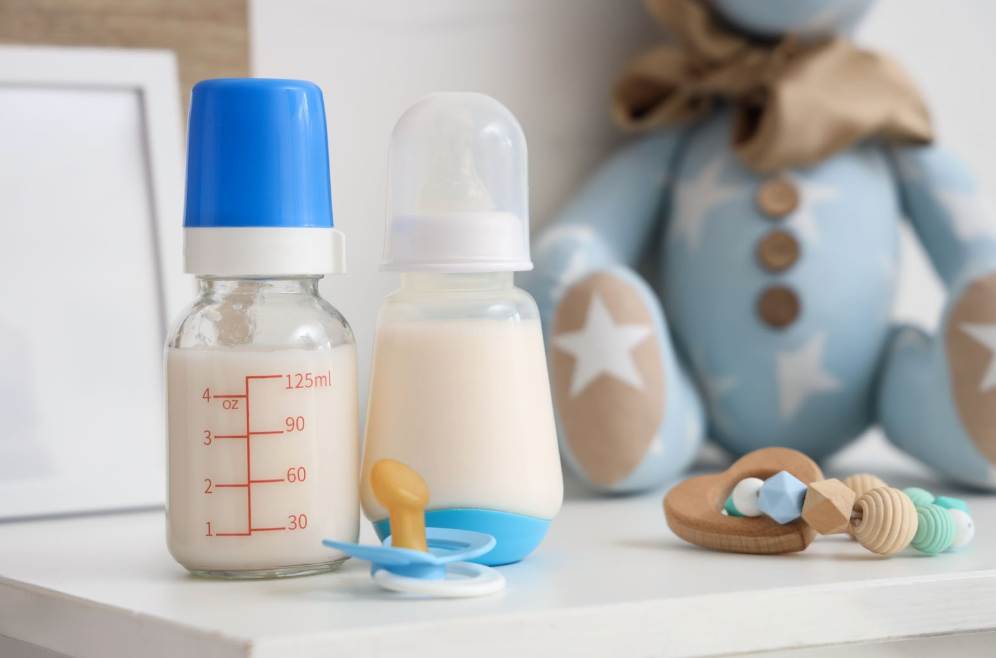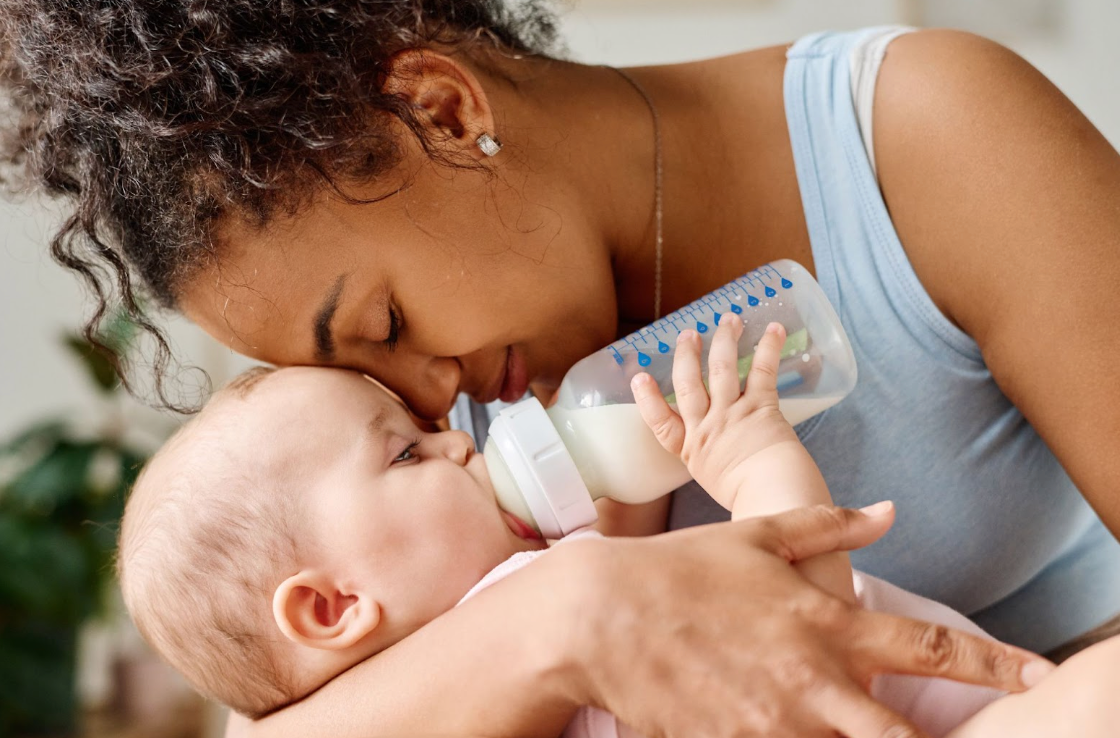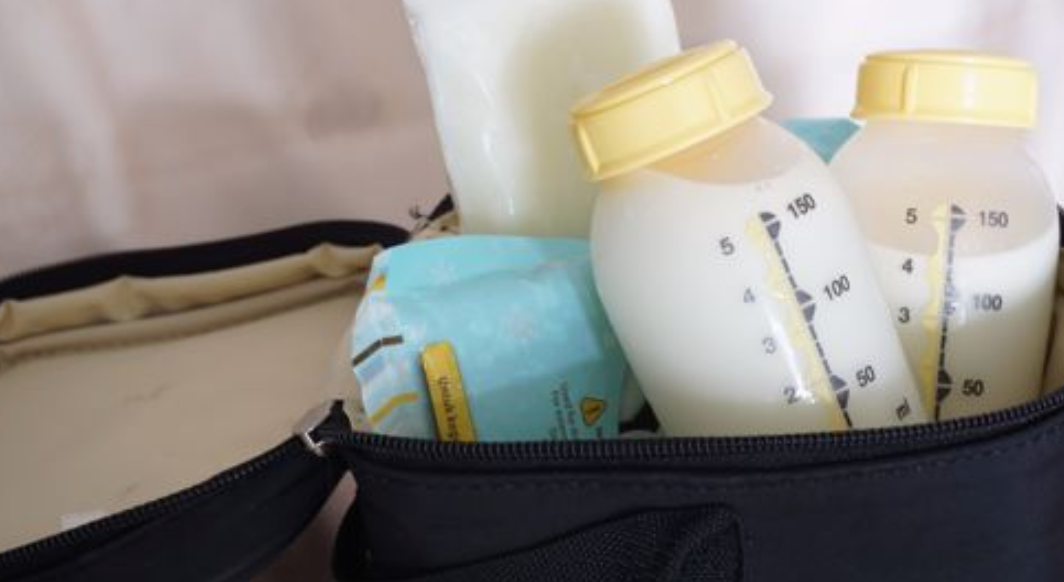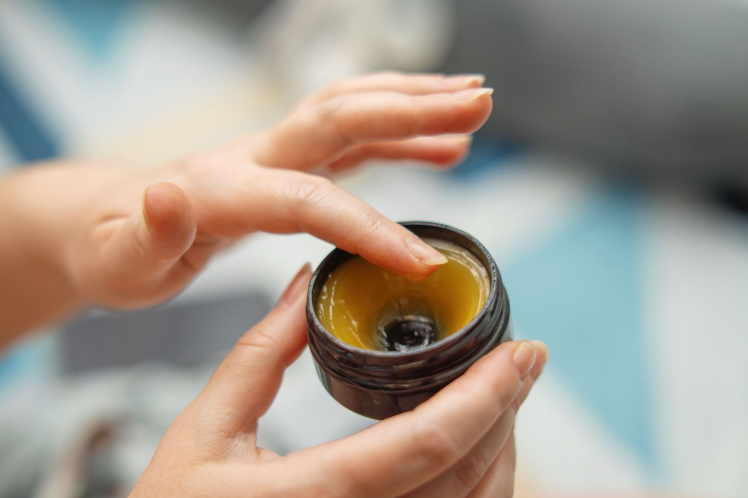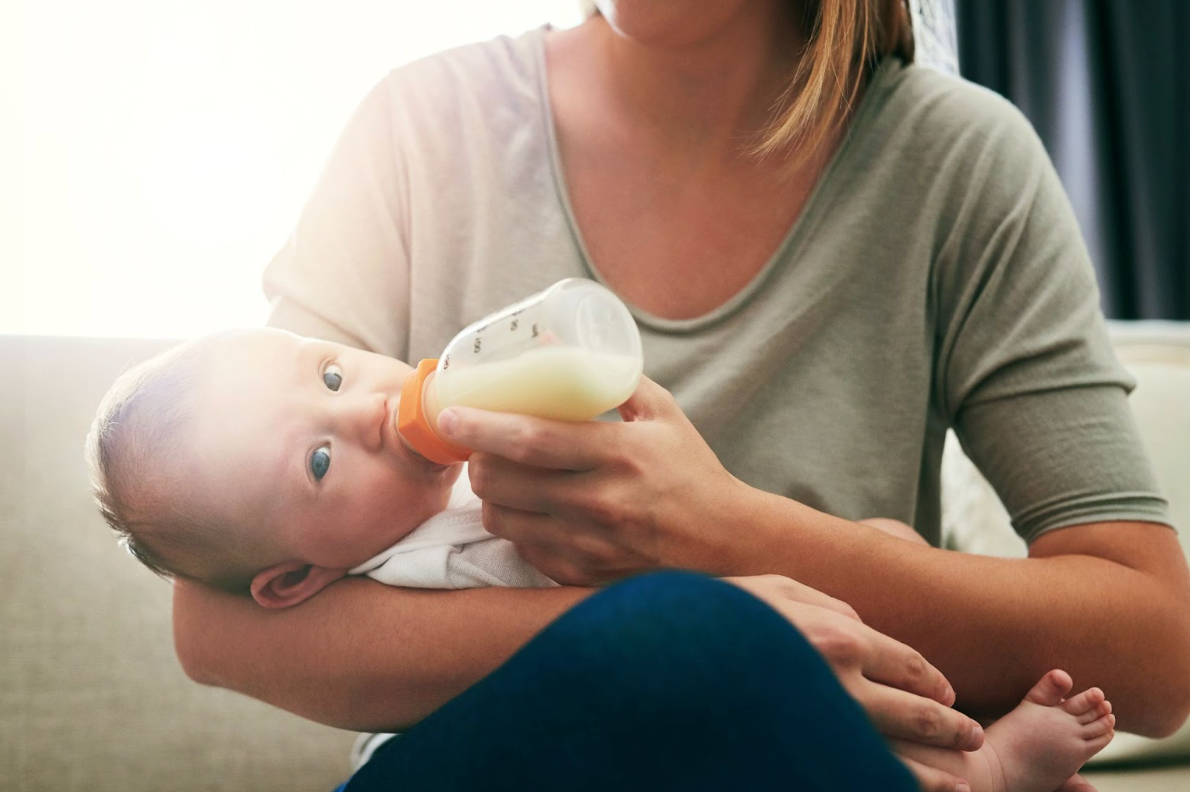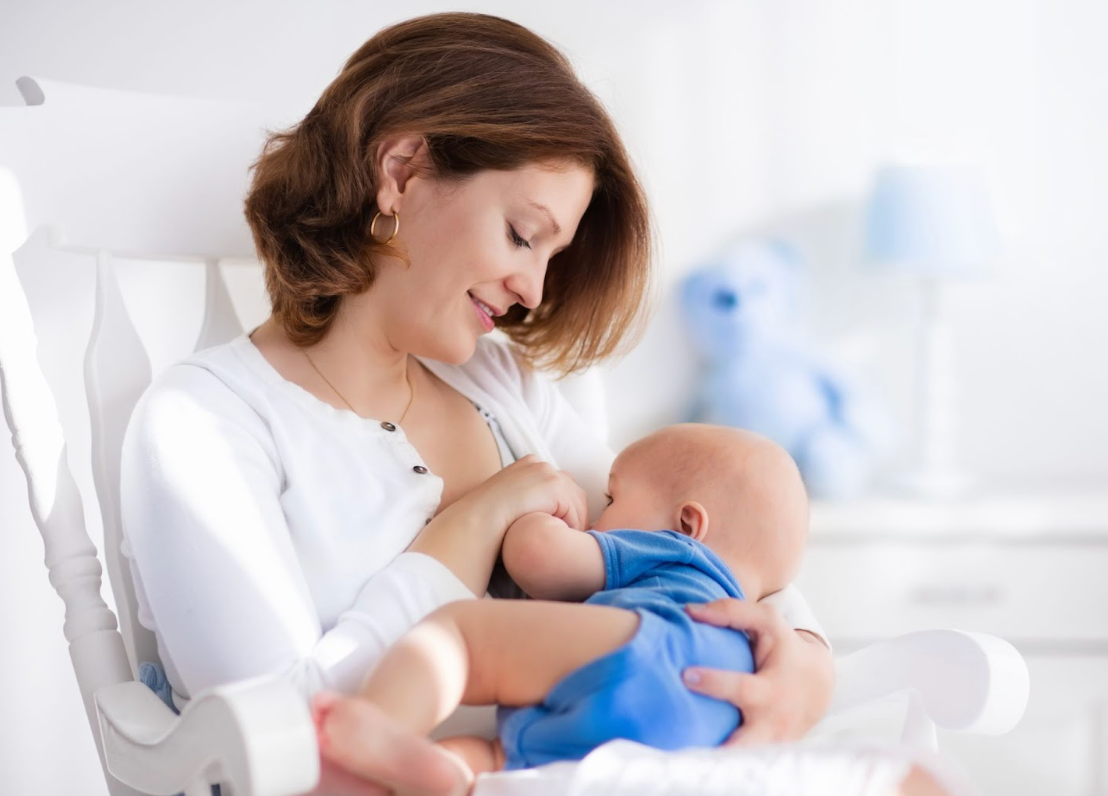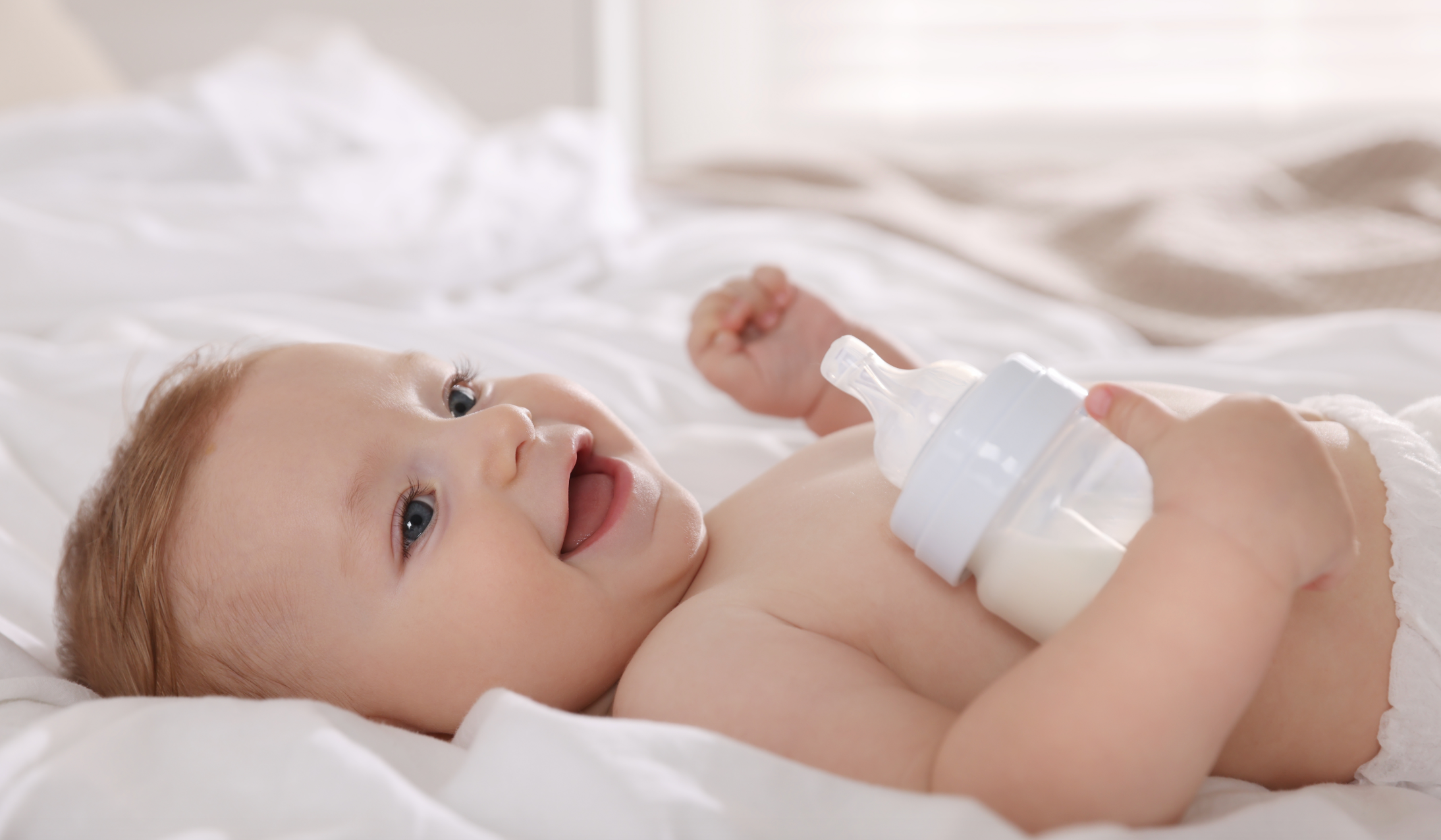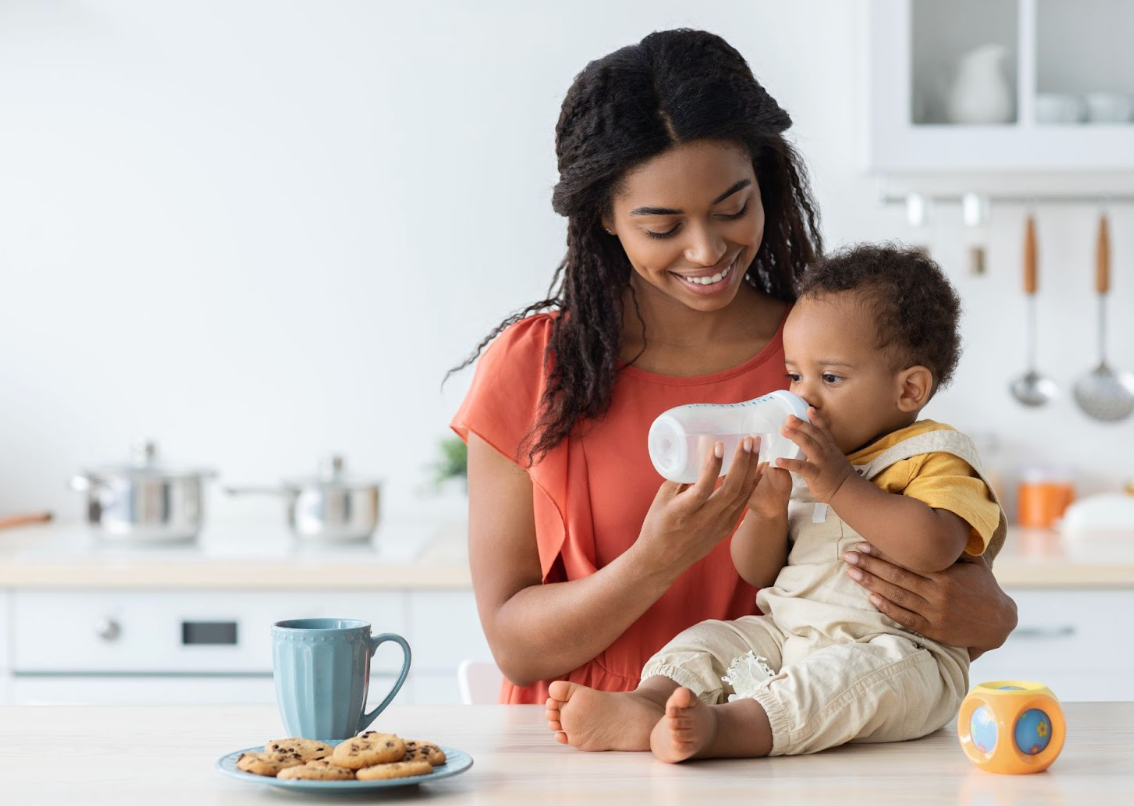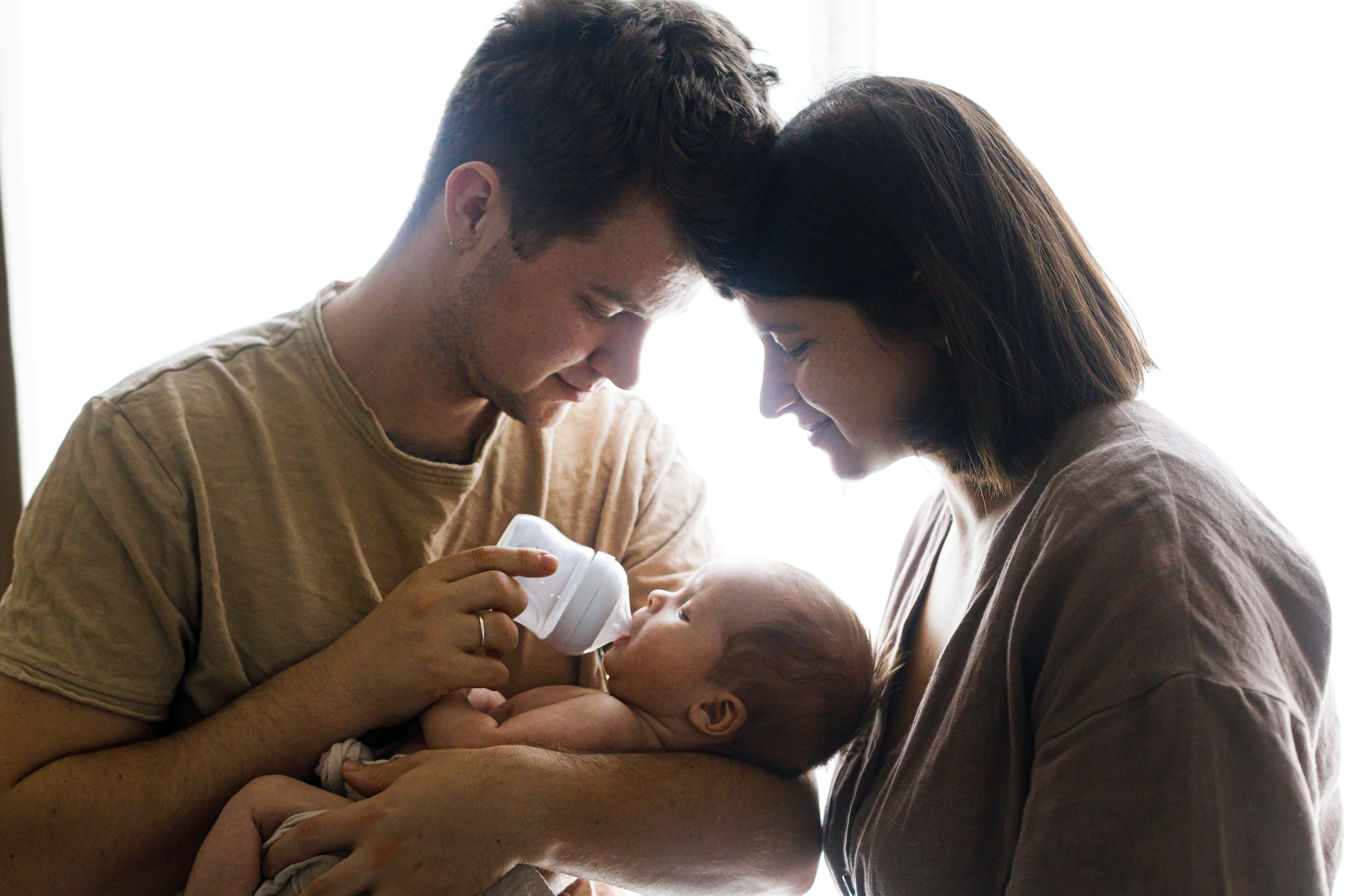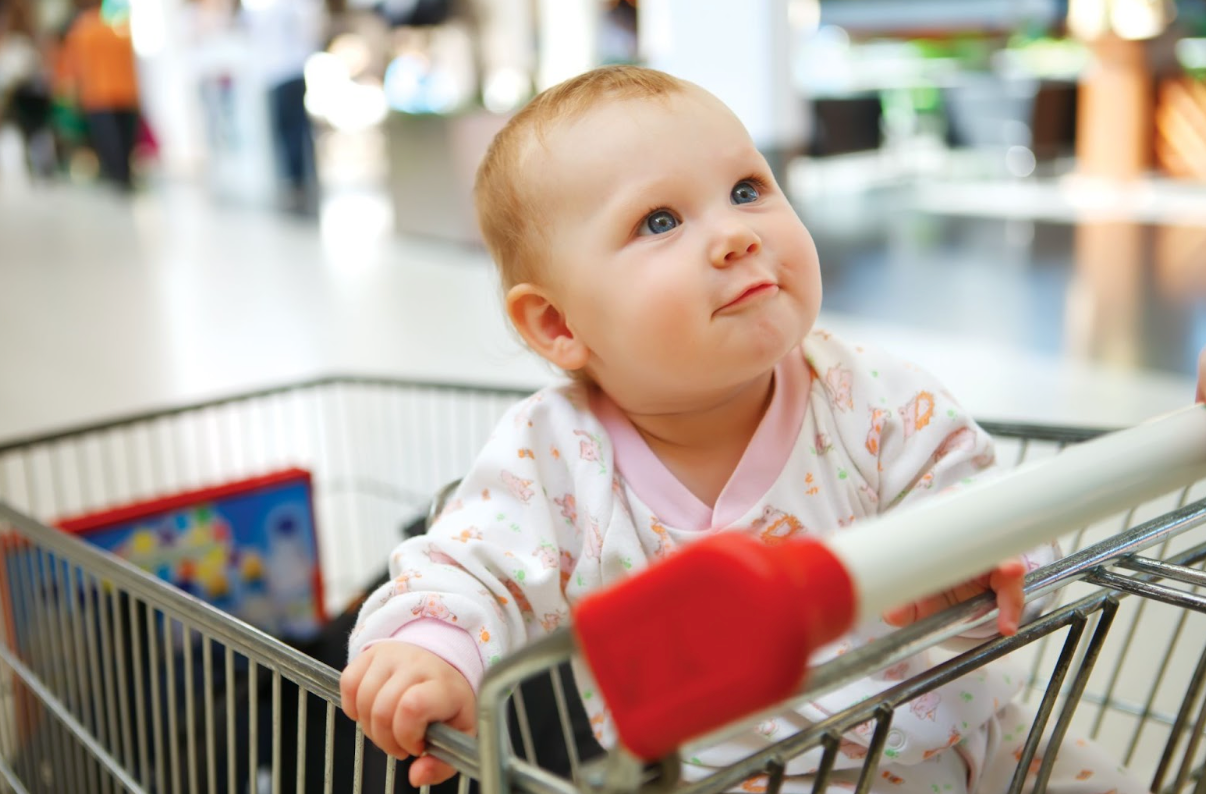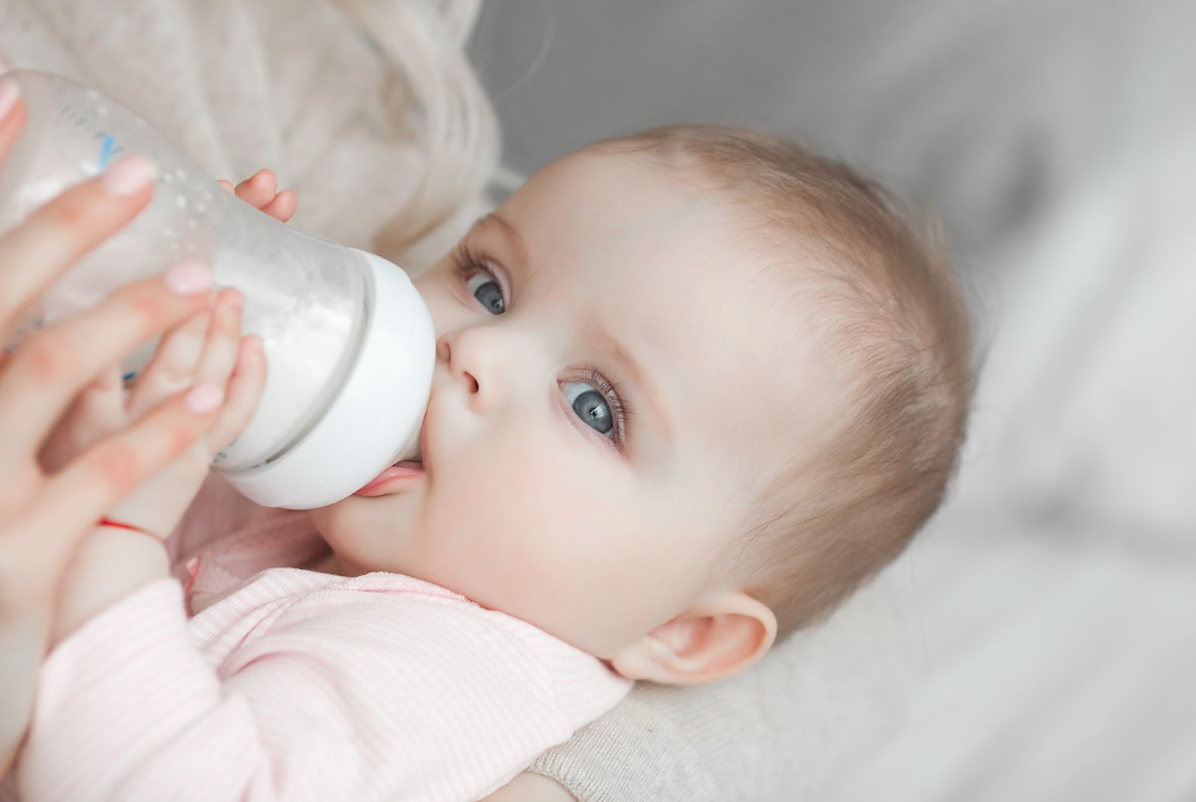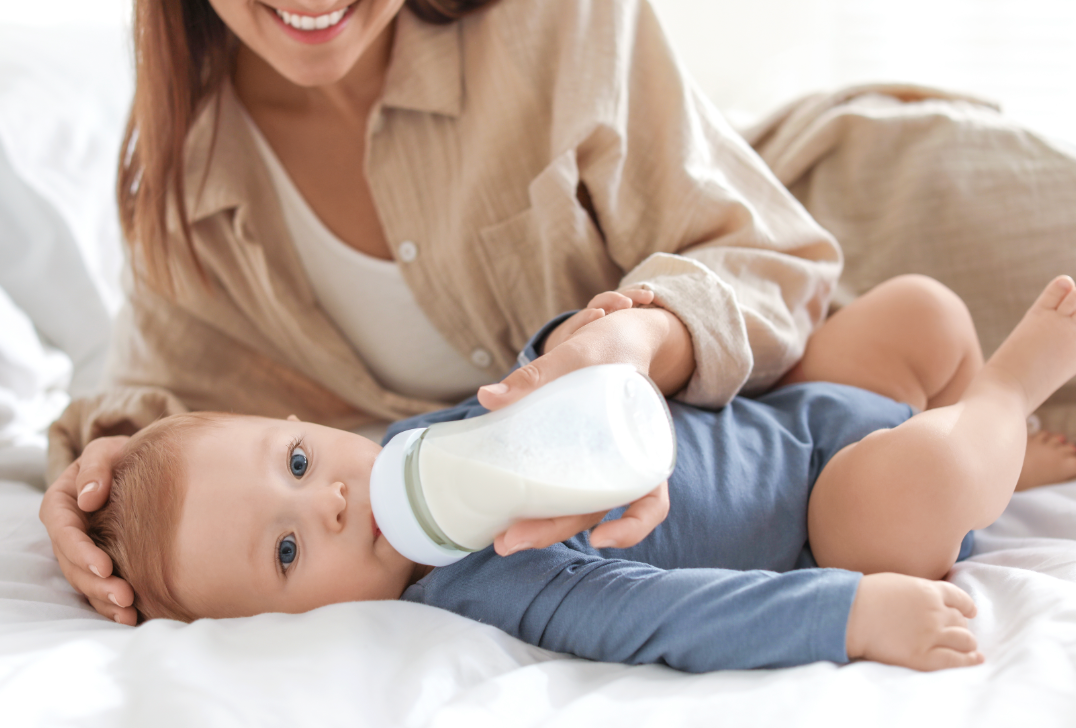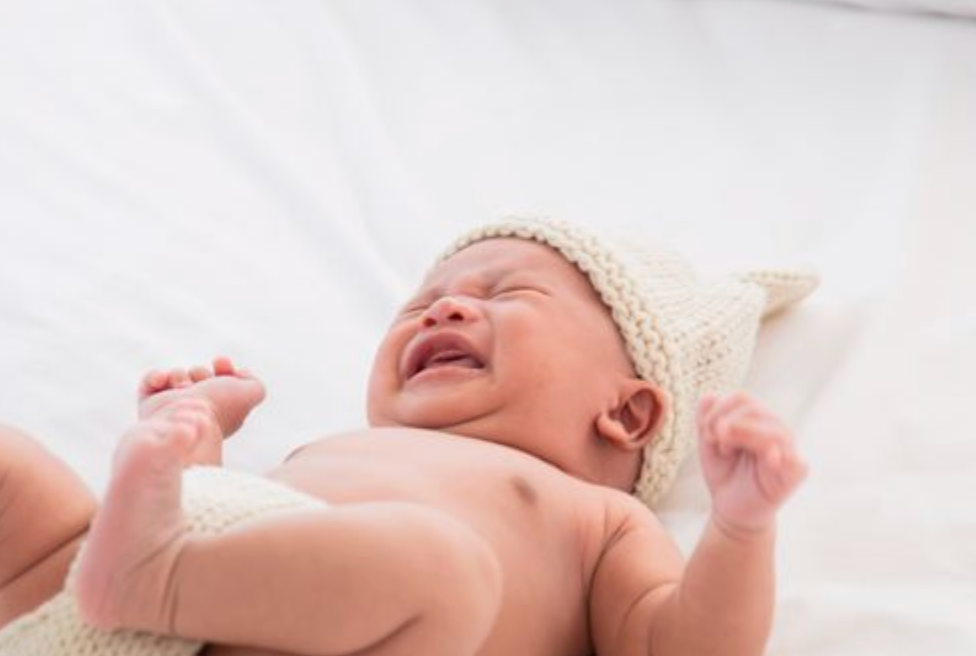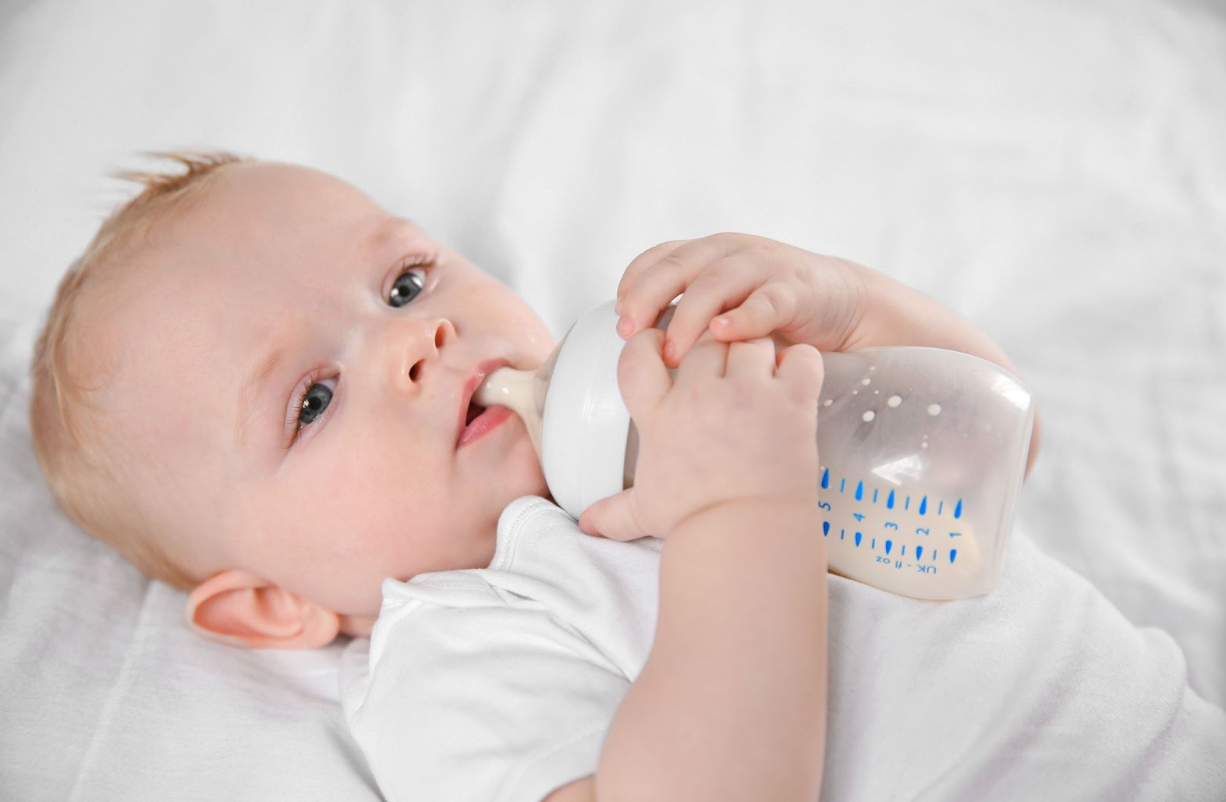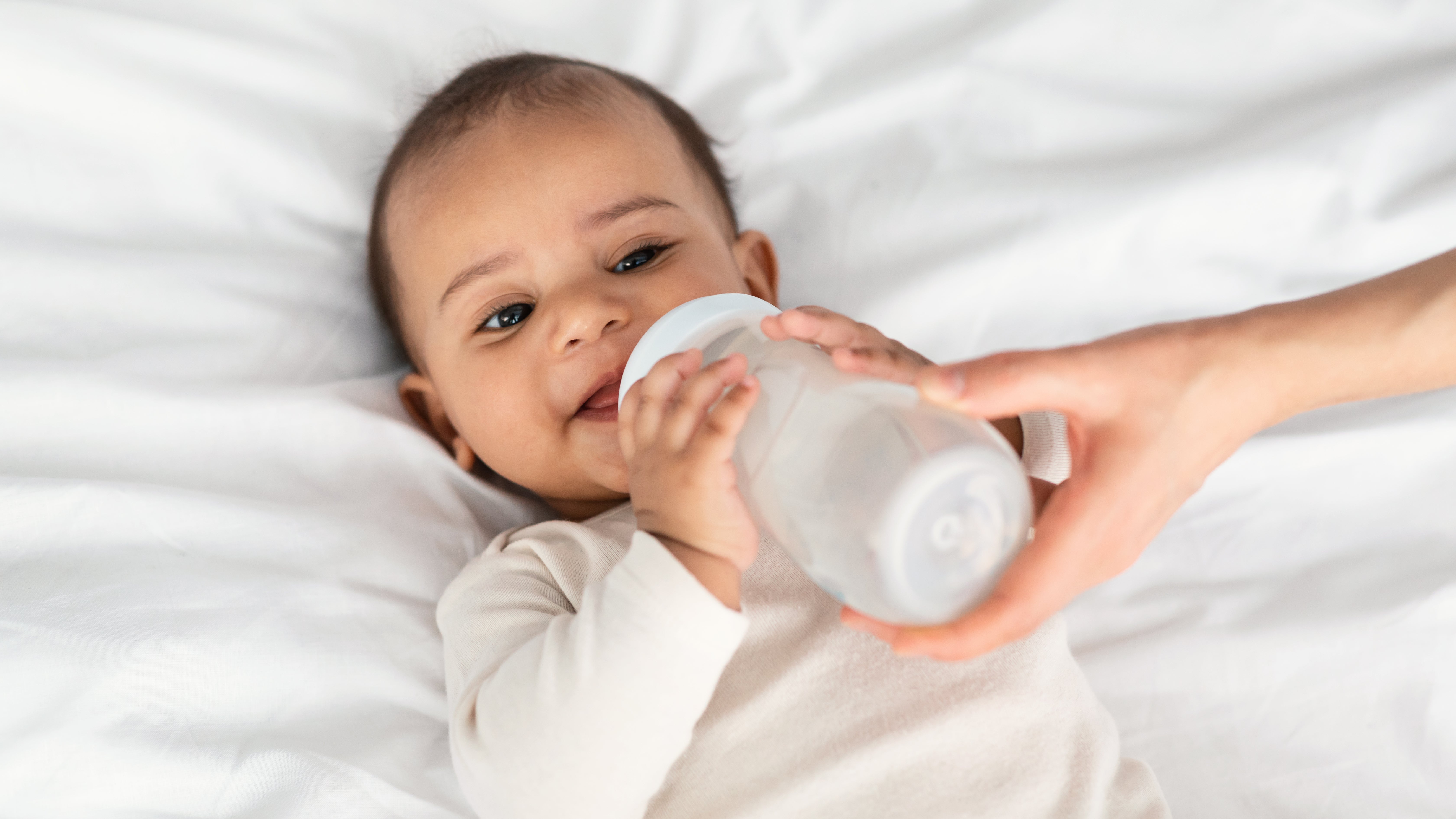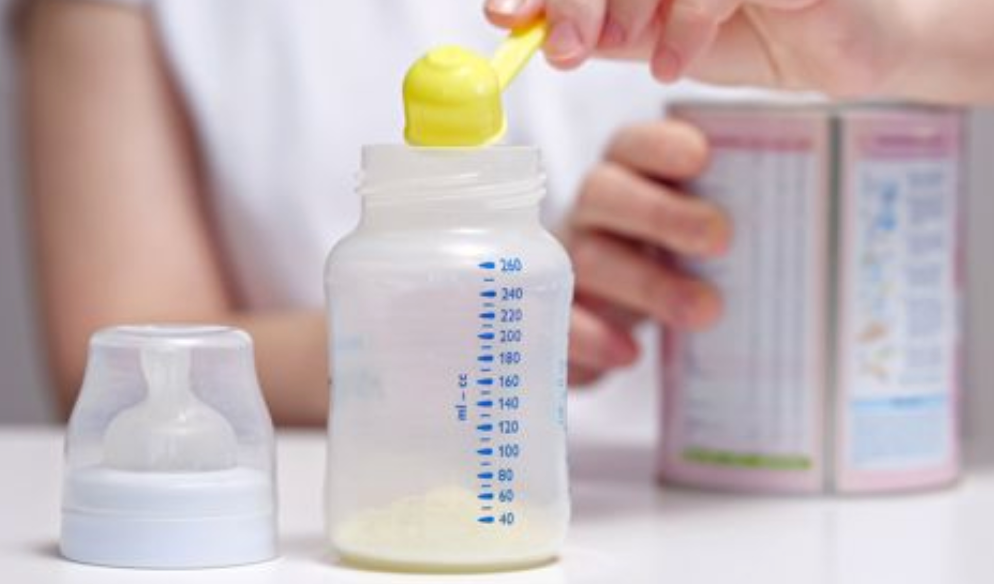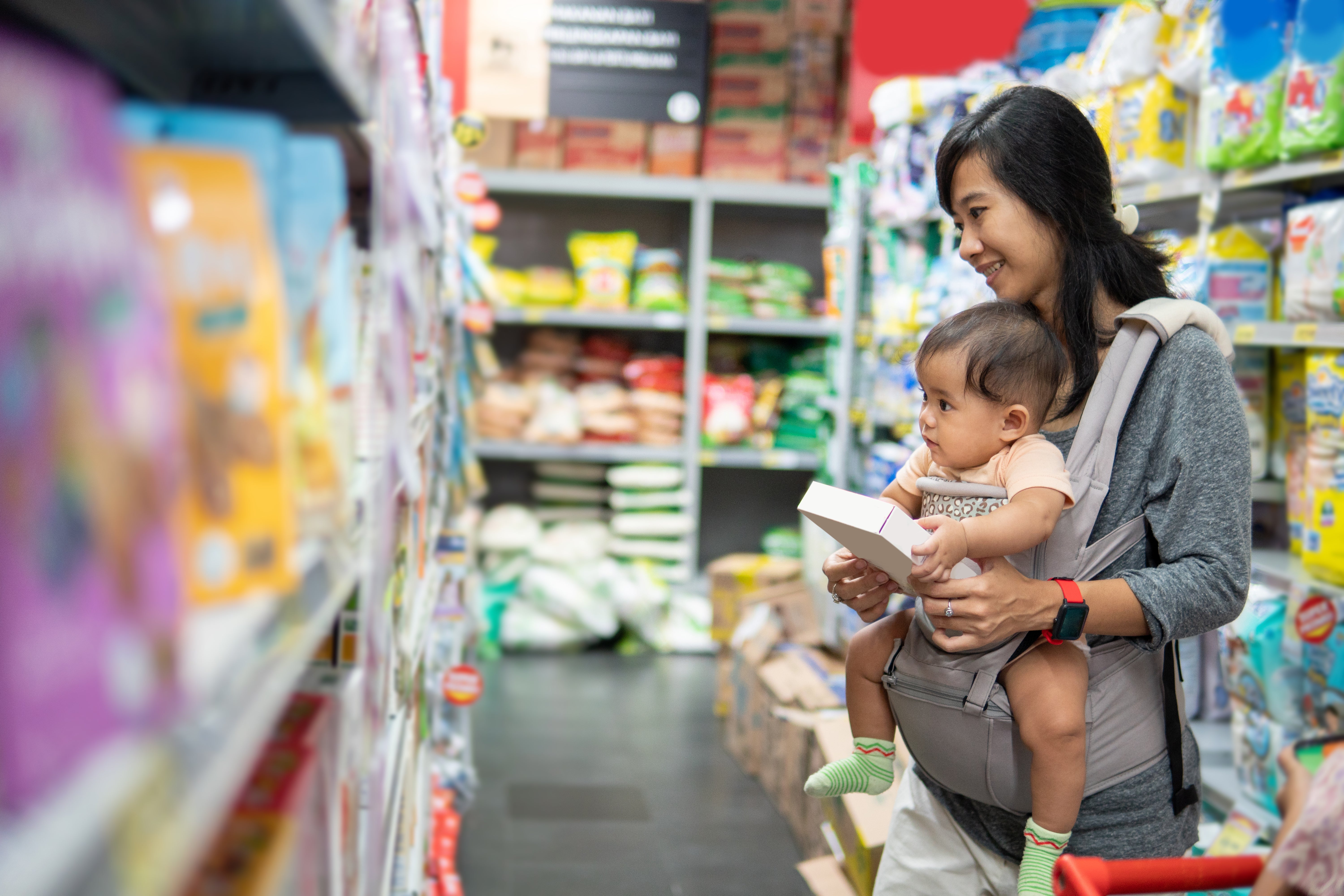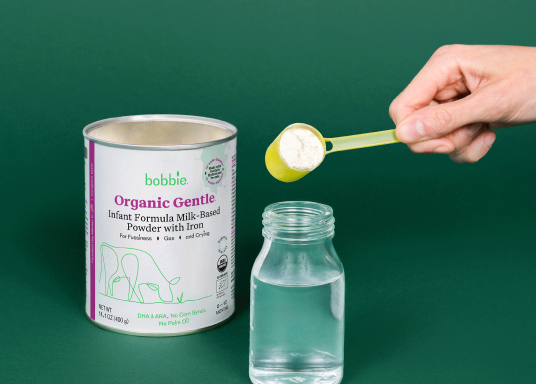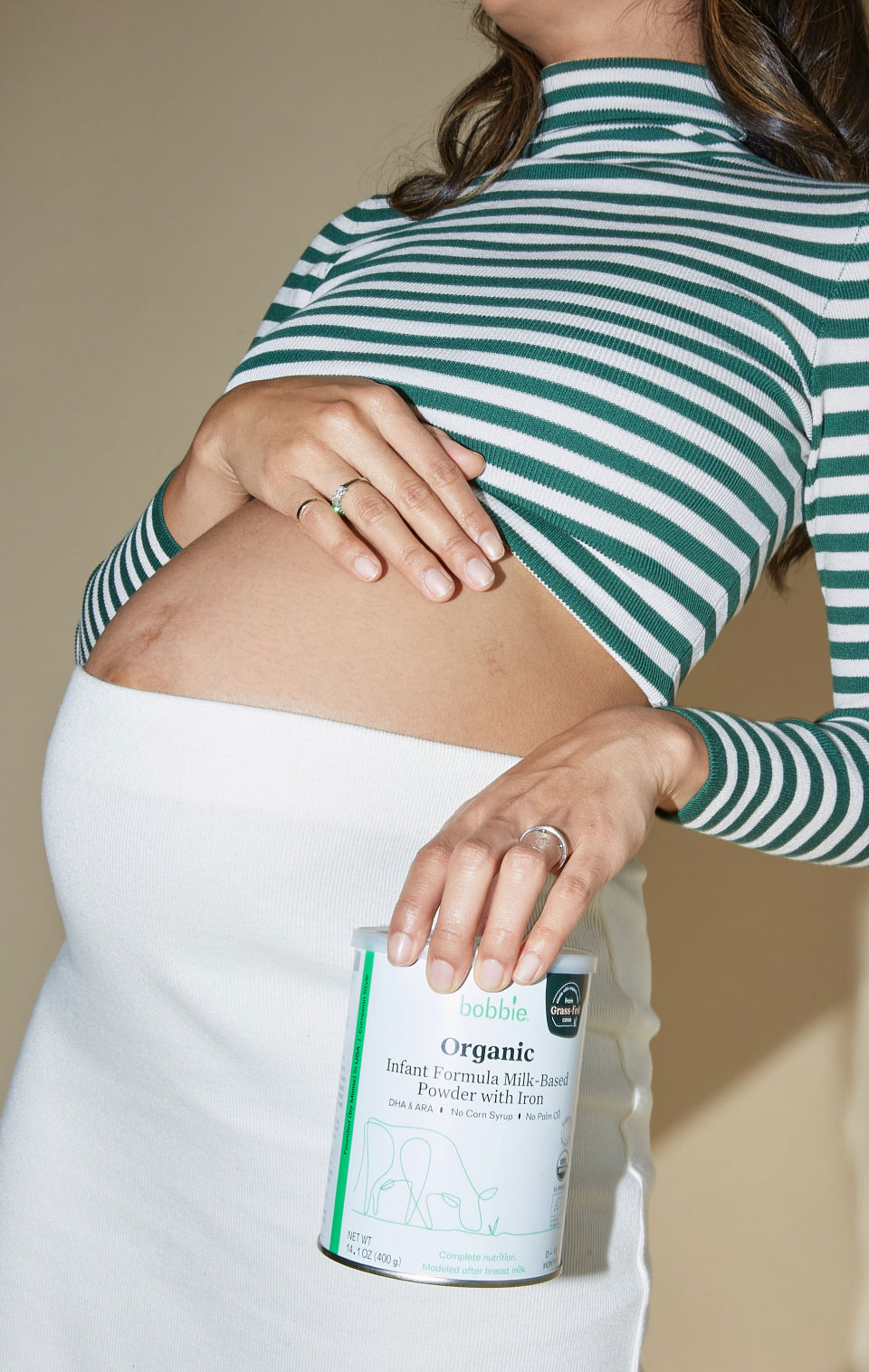Published October 17, 2025
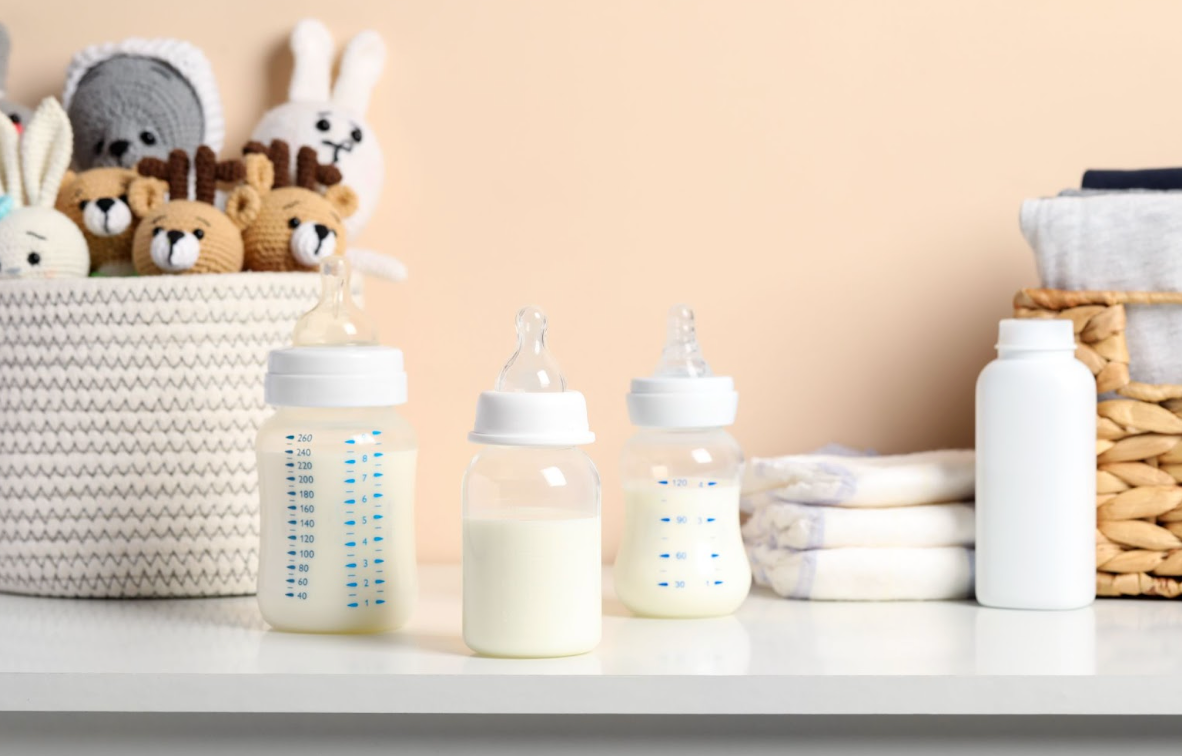
How Many Bottles Do You Need for a Baby?
Preparing for a new baby comes with a long list of decisions, and it’s easy to feel overwhelmed by all the gear involved. Bottles are one of those essentials that raise a common question: how many should you have on hand? Fortunately, with a little guidance, figuring it out is simpler than you think.
We're taking a closer look at how many bottles you can expect to need, the factors that can influence that number and smart tips for stocking up without overbuying.
What’s the Ideal Number of Bottles for a Newborn Baby?
For most newborn babies, having 6–10 bottles is a good place to start, especially if you’re formula feeding or combo feeding. Brand new babies typically eat every 2–3 hours (about 8–12 times a day), including those middle-of-the-night feedings. That means bottles add up quickly, and having enough clean ones on hand helps you stay ahead of the frequent prep and washing cycle.
But every family’s feeding routine looks a little different. So, if you’re feeling unsure, take our newborn feeding quiz to get guidance tailored to your baby’s needs!
Why Bottle Count Matters
Having the right number of bottles on hand can make your feeding routine feel so much smoother. When you’re not stuck washing the same few bottles over and over, you free up valuable time and energy — time you’d probably rather spend bonding with your little one or catching a much-needed nap. It also saves you from those stressful late-night scrambles when your baby is hungry and you realize the last clean bottle is still in the sink.
A well-stocked set of bottles helps keep feedings calm, consistent and less overwhelming for everyone!
Factors That Influence How Many Bottles You’ll Use
The “right” number of bottles mostly depends on a few key factors:
-
Feeding method: Formula feeding often requires more bottles ready to go, while pumping and bottle feeding (or combo feeding) may mean having extras on hand for flexibility.
-
Baby’s age: Newborns eat more frequently, so you’ll need a larger rotation early on. As feedings are spaced out with age, you may find you need fewer bottles.
-
Daily routine: If your baby is at daycare or you have multiple caregivers helping, stocking a few extra bottles makes life easier for everyone.
-
Washing schedule: Families who sterilize or wash bottles once a day usually keep a bigger stash, while those who clean after each use can get by with fewer.
Sign up to get the scoop on feeding, sleep, poop, and so much more. By singing up for email, you are to receive marketing emails from Bobbie and can manage your email preferences or unsubscribe at anytime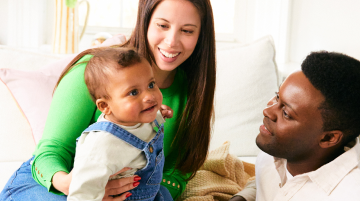
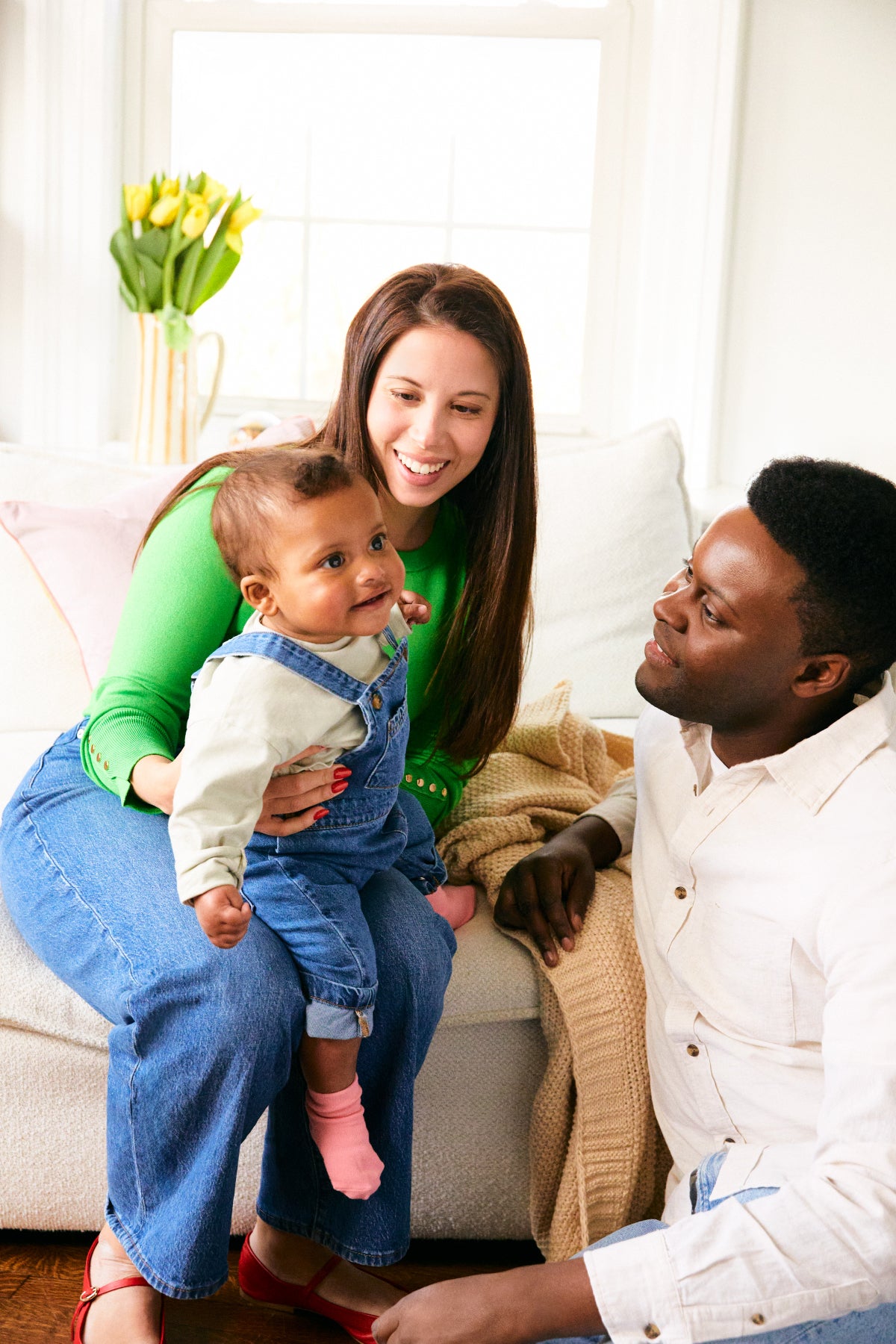
Your go-to resource for all things new baby.
Choosing the Right Bottle Count for Your Baby Feeding Plan
How many bottles you’ll need may simply come down to your baby’s feeding style:
Breastfed babies
Most breastfed babies do well with 3–6 bottles, since many feeds happen directly at the breast. If you’re pumping, you may want extras for caregiver feeds or time away. Many parents wait 4–6 weeks before introducing a baby bottle to support breast milk supply and reduce nipple confusion, though every baby is different!
Formula-fed babies
Formula-fed babies usually need 8–12 bottles to cover frequent feeds and allow time for washing and sterilizing. Start with smaller bottles and slower-flow nipples, then size up as your baby grows. Bobbie Organic Whole Milk Infant Formula works with popular bottles, giving you flexibility when choosing what fits best.
Combo feeding
Combo-fed babies often use 6–10 bottles, depending on how often bottles are part of their routine. Since feeding can vary from day to day, it's helpful to keep a few extras clean and ready for those unpredictable moments.
How Your Baby’s Age Affects the Number of Bottles You’ll Need
Your baby’s bottle needs will naturally change as they grow, so it can also be helpful to think in terms of age ranges:
-
0–3 Months: Newborns feed every 2–3 hours, so having 8–12 bottles on hand is ideal. Starting with 4-ounce bottles and slow-flow nipples works best for these early, frequent feedings.
-
4–6 months: As babies start sleeping for longer stretches, feedings may become less frequent. You might not need quite as many bottles in rotation, and this is a great time to consider moving up to 8-ounce bottles if your little one’s appetite is growing.
-
6+ months: Once solids are introduced, bottles usually play a smaller role in daily feeding. Many babies still use about 4–6 bottles a day, depending on their habits and how quickly they take to solid foods.
Do Bottle Types Change How Many You Need?
The kind of bottle you choose can affect how many you’ll want on hand. Wide-neck bottles are usually easier to fill and clean, while standard-neck bottles take up less space and can be easier on your budget. The material makes a difference, too:
-
Glass bottles are durable, non-toxic and long-lasting, but they’re heavier and less convenient for on-the-go feeds.
-
Plastic baby bottles are lightweight and easy to find, though they may need replacing sooner.
-
Silicone bottles offer a nice balance — soft and flexible, yet sturdy enough for everyday use.
Special features can come into play as well. Bottles with anti-colic vents or unique shapes can make feeding more comfortable for your baby, but extra parts may mean more washing or assembly, which can influence how many bottles you keep stocked.
Meet the first and only USDA organic infant formula manufactured in the U.S.! Bobbie Organic Whole Milk Formula offers complete nutrition for baby's first year with our closest to breastmilk recipe.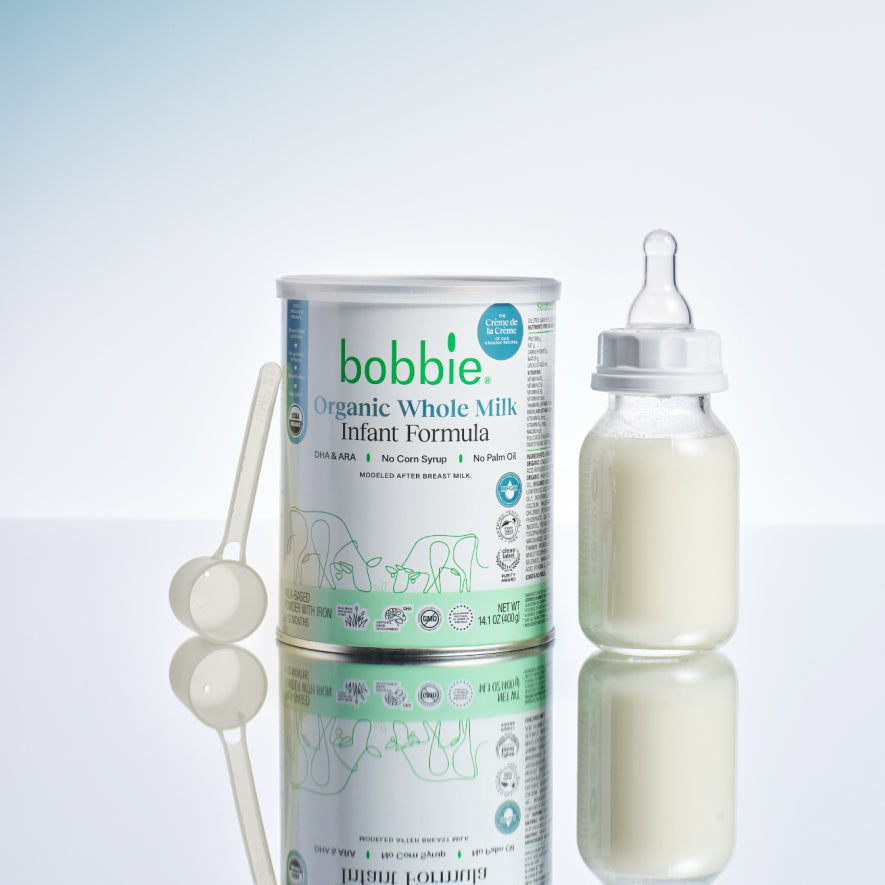
Shop Organic Whole Milk Infant Formula

Signs You Might Need More Bottles (And the Gear That Makes Feeding Easier)
Sometimes it’s obvious that your current bottle supply isn’t quite enough. Here are a few signs that it might be time to add more:
-
Constant washing: If you’re always scrubbing bottles to keep up with feedings, it might be time to add a few extras.
-
More formula feeds: Supplementing more often means having additional bottles ready to go.
-
Missing bottles: Bottles can get lost in daycare bags, under car seats or around the house, leaving you short when it’s time to feed.
-
Changes in routine: Returning to work or having multiple caregivers can increase the number of bottles you need on hand.
There’s also some essential bottle feeding equipment that can help make the process even easier:
-
A bottle brush and drying rack make cleaning easier and keep bottles organized while they air dry.
-
A sterilizer or dishwasher basket helps keep bottles and parts sanitized without extra hassle.
-
An insulated bag is perfect for on-the-go feeds, whether at daycare, running errands or visiting family.
-
Having extra nipples in various flow rates ensures you can swap them out as your baby grows and their feeding needs change.
Baby Bottle FAQs
Can I have too many bottles?
The short answer is, yes. But it really depends on your personal preferences. Extra bottles can make life more convenient, especially during late-night feeds or busy days, but keep in mind that more bottles also take up space and add to your costs.
When is it time to upgrade bottle size or nipple flow?
Most babies switch from 4-ounce to 8-ounce bottles between 3–6 months, and nipple flow may need to increase as they get more efficient at feeding. Watch for signs that it's time to move up, including:
-
Frustration during feeding
-
More sucks than swallows
-
Collapsing the nipple while sucking
-
Taking a long time (more than twenty minutes) to finish a bottle after about 12 weeks
What are the general rules for bottle replacement?
Bottles should be replaced when they show signs of wear, including cracks, cloudiness or rubbed-off volume markings. Nipples may need replacing every 2–3 months, or sooner if they stretch, crack or show wear.
Can I reuse bottles for baby #2?
Yes! Just make sure bottles aren’t showing signs of wear or damage, and always sterilize bottles and nipples that have been in storage before using them with your next little one.
What’s the best way to store clean baby bottles?
Many parents keep clean bottles capped in a temperature-controlled cabinet or dedicated storage area to keep them sanitary and ready for the next feed.
Build the Bottle Setup That Works for Your Family
There’s no one-size-fits-all when it comes to bottles — the right number depends on your baby’s age, feeding style and your family’s routine. And however you decide to feed, your bottle setup will grow and change along with your little one. Trust your instincts, give yourself some grace and stock what makes feeding smoother for your real life.
Ready to get started? Shop Bobbie today.
The content on this site is for informational purposes only and not intended to be a substitute for professional medical advice, diagnosis or treatment. Discuss any health or feeding concerns with your infant’s pediatrician. Never disregard professional medical advice or delay it based on the content on this page.









